General description
A smart sports lighting solution creates a central nervous system that streamlines infrastructure management, enhances the value of lighting systems, and opens up a world of multi-faceted possibilities to develop new capabilities and revenue streams. It blurs the boundary between operational technology (OT) and information technology (IT) to build a lighting infrastructure that allows for communication, collaboration and interoperation to exist between luminaires, their environment, and other digital participants. The application of interoperable standards, the use of robust connectivity platforms, the integration of digital controls, and the deployment of intelligent LED lighting systems combine to bring sports lighting to the forefront of sophistication and sustainability.
By getting the most out of data streams, processing power and applications available within and beyond the IP-based network, a smart sports lighting implementation creates a luminous environment that brings the spectacle of a game to a new level of expectations and drives informed decisions to optimize every aspect of lighting operation.
Lighting is at the core of a venue’s capacity to deliver value
Lighting is an essential contributor to sporting success. It extends hours of play beyond darkness in stadiums and other outdoor sports complexes. Lighting is also indispensable to daytime use of arenas and other indoor sporting facilities. Sports facilities are made to attract players and fans. They are built to host a plethora of sports games and recreational activities which have a unique power to promote economic development, connect people across the world, and foster social integration, inclusion and tolerance in diverse geographical, cultural and political contexts. People come to sport venues watching or participating in a variety of types of sports, which include, but not limited to, soccer, football, basketball, volleyball, baseball, tennis, swimming, bicycle racing, motor racing, horse racing, boxing and wrestling, golf, ice/roller hockey, skating (ice figure, ice and inline speed), badminton, cricket, gymnastics, track and field.
While a sport itself has an unusual capacity to attract, mobilize and inspire, a sporting event brings people together, via participation or spectation, to celebrate, enjoy and share. Major sporting events such as the FIFA World Cup, Olympic Games, UEFA Champions League, NBA Finals, Super Bowl, MLB All-Star Game, English Premier League matches, Formula One Racing, IAAF World Championships, Wimbledon Tennis, Rugby World Cup and Hockey World Cup are all the rage and just too good to miss. These events are often held outside daylight hours. It’s sports lighting that delivers the visual feast.
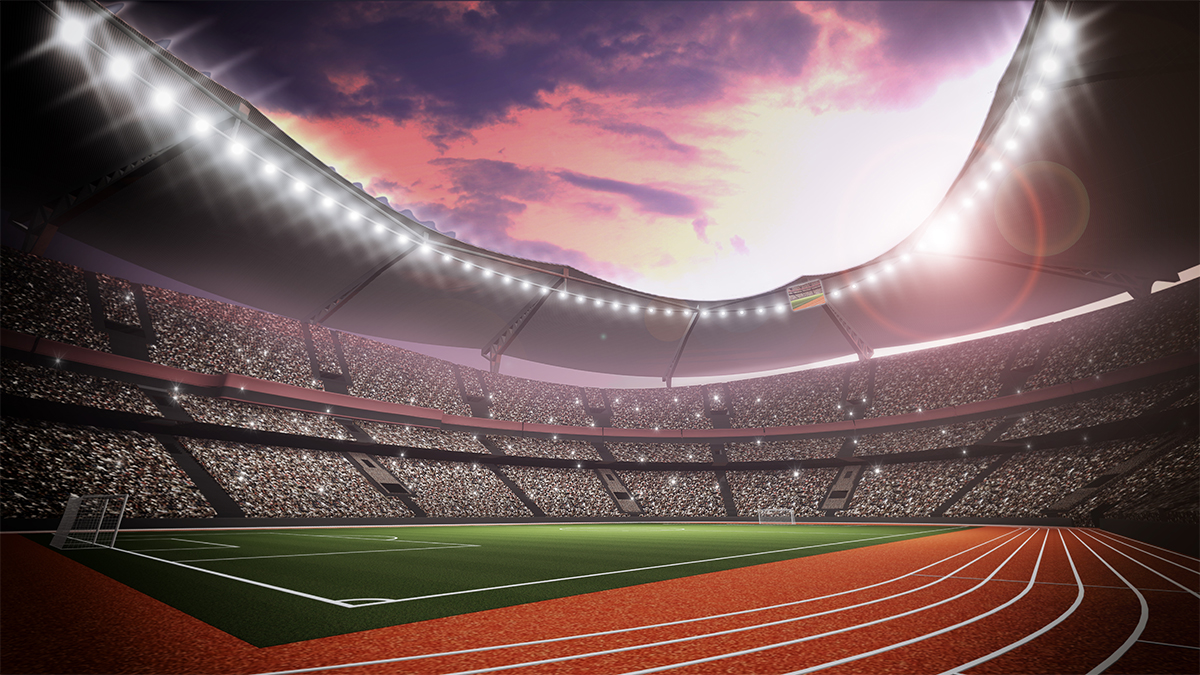
Sports lighting brings the dynamics of a game to life
The goal of sports lighting is to create a luminous environment that adequately address the visual needs of players, spectators and referees. Optimal visual conditions must be supplied to ensure the visibility of the players, playing target, playing field, and surrounding backgrounds. An appropriate visual environment should be provided for spectators to have a clear view of the game and get an exceptional experience. Televised sports require lighting to be additionally optimized for TV broadcasting. To achieve these objectives, a sports lighting design should take into account a whole suite of quantitative and qualitative factors of illumination. Factors that define the technical side of sports lighting include illuminance in both the horizontal and vertical plane, uniformity of light distribution, lighting artefacts (e.g., flicker and stroboscopic effects), color rendering, color temperature, color contrast, and luminance (glare). While effective visibility in sports facilities depends on the control of these different factors, the emotional and perceptual aspects of lighting are equally important.
The art of sports lighting design is much more than simply meeting the technical requirements, the psychological effects of light and visual sensation which are related to the attractiveness, atmosphere and ambience of the environment should be factored in as well. To turn up the excitement and create an engaging environment, lighting should provide atmospheric enhancement and even facilitate the positive physiological interaction between light and the human body.
Every energy saving opportunity needs to be mined
Stadiums and arenas are large-scale facilities designed to accommodate a large number of spectators and host high-profile sporting events. Across a variety of types of sports, aerial sports such as soccer, basketball, football, baseball and tennis are most played in these facilities. Aerial sports are those involving playing with an object that is in the space above the playing field at least part of the time. To provide the required vertical and horizontal illuminance in the three-dimensional space, high wattage lighting systems are used as the workhorse light engines and installed in high densities across the expansive facility. These luminaires have large power demands (kW) and draw a significant amount of electrical energy (kWh). Energy costs often exceed capital costs of the lighting system over their service periods.
Energy effectiveness and sustainability impose special considerations on the selection and operation of sports lighting systems. Every energy saving opportunity needs to be mined in order to minimize operational costs, comply with ever-changing energy codes and qualify for incentives from utilities and energy efficiency rebate programs. Energy conservation can be maximized through the use of efficient luminaires as well as lighting controls that allow the luminaires to operate only at the right time and at the level needed.
Lighting equipment
A stadium is a large outdoor venue characterized by a tiered structure that partially or completely surround a playing field. An area is a large, enclosed facility with a central area surrounded on most or all sides by tiered seating for spectators. These buildings are typically multipurpose. They are used additionally for other types of events such as concerts, trade shows, conventions and corporate gatherings. Stadiums and other large outdoor sports facilities are illuminated by aimable type floodlights mounted high around the roof structure or on high masts that are positioned on the field perimeter. Smaller areas such as tennis courts and hockey rinks and skate parks may use fixed luminaires if the setbacks are short. Floodlighting systems are also the primary source of light in arenas, but high bay or low bay lights may be used to provide overhead lighting in indoor facilities of smaller volumes or lower ceiling heights. In general, floodlighting is the backbone of sports lighting. A flood light is designed to project a controlled beam of light onto a specific area. Depending on the area to be illuminated and beam control requirement, it may be symmetric or asymmetric in light distribution. In addition to tight control on beam pattern, the directional light may be equipped with visors or other optical shields to limit high angle light for glare-free lighting.
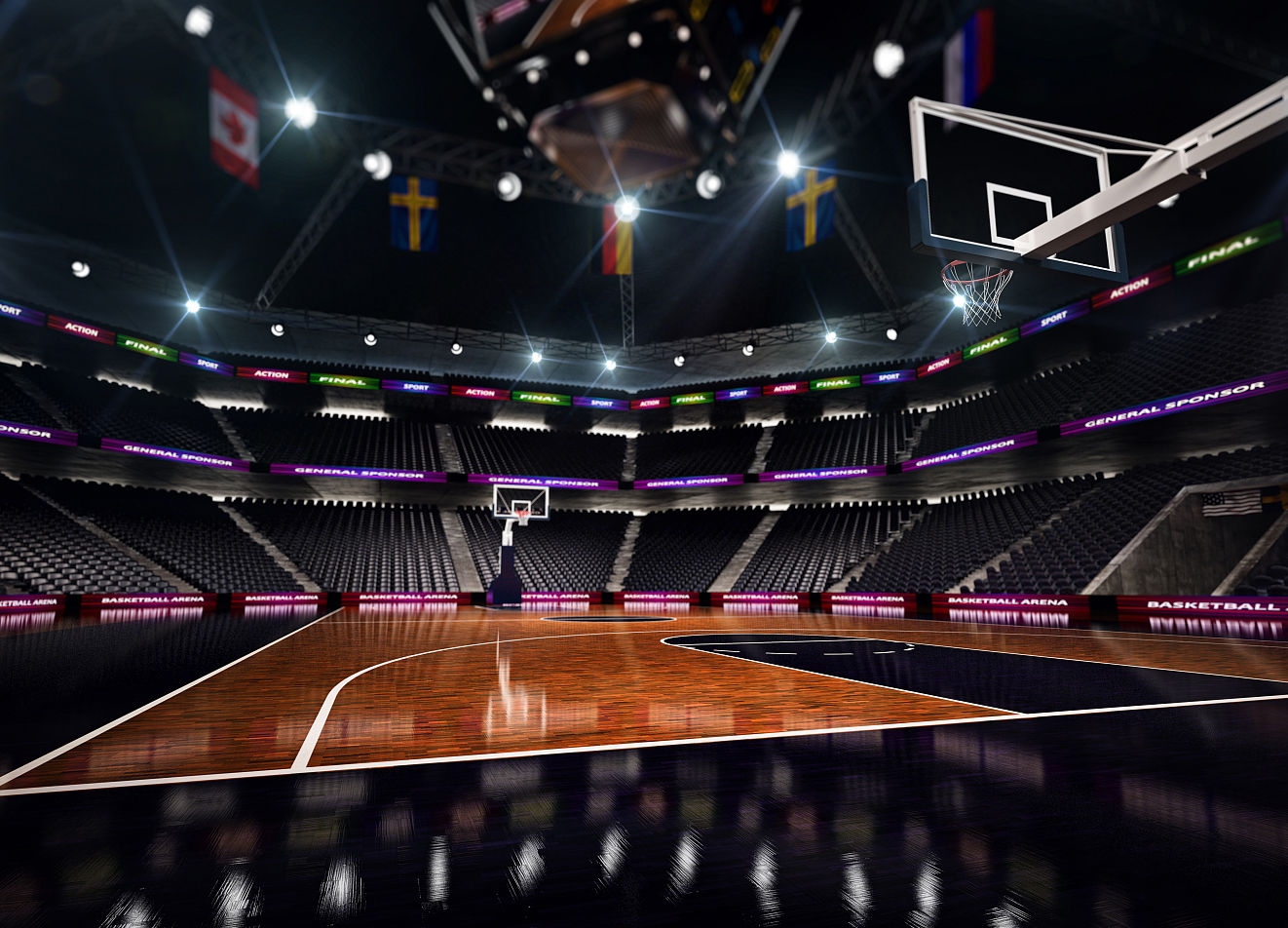
LED lighting set new standards
LED lighting is at the heart of recent transformation in the sports lighting industry. The use of HID lighting, or, more precisely, metal halide lamps had been extremely common for sports lighting applications, but it leaves facility managers with soaring energy and maintenance bills. Metal halide lighting systems are inherently limited in source efficiency, luminaire efficiency and the ability to execute lighting control strategies for energy conservation.
LED lighting is now the new frontier of lighting performance. The technology offers energy saving opportunities beyond just the tremendous improvements to light source efficiency. Additional energy savings can be achieved through holistic optimization of all lighting application efficiency (LAE) factors which are optical delivery efficiency, intensity control, and optimized spectrum. Moreover, the longevity of LEDs makes it possible to create sports lighting systems with virtually maintenance-free operation over a lifespan that is significantly longer than that of HID systems.
Coming together with minimized life cycle costs is the ability of an LED system to tune the spectral power distribution (SPD) of its emitted light. Through dynamic color mixing of multiple LED primaries, LED products can emit almost any spectrum of visible light for color changing lighting. Adding color dynamics to sports lighting breathes excitement into spectators and creates memorable game experiences. LED technology also brings digital lighting to sports venues. LEDs are semiconductor devices that are highly responsive to drive current changes. The magnitude of electroluminescence produced under electrical influences in the active region of the semiconductor chip can be adjusted over the full range from 100 percent down to 0 percent. This level of controllability allows LEDs to work in symphony with electronic circuits that produce digital control logic.
Digital networking
Smart sports lighting harvests the digital nature of LEDs to create connected, intelligent lighting systems that provide interoperability, adaptability and personalizability. Digital networking of LED luminaires, lighting controls, distributed and centralized control mechanisms makes it possible to compose a secure, flexible and scalable lighting ecosystem that can be meshed into the IoT infrastructure. In this ecosystem, LED luminaires are individually addressable or controlled in conceptual groups. The use of digital control systems eliminates the constraint on control zoning which had traditionally been based on electrical circuit loading. Implementing zoning and rezoning via software addressed to individual luminaires or groups of luminaires results in greater flexibility in lighting control. From personal tuning, occupancy sensing, time scheduling, daylight harvesting, lumen maintenance dimming, institutional tuning and demand responses to adaptive compensation, multiple control strategies can be deployed to optimize delivery of light for aggressive energy savings as the same luminaire can be assigned to different control zones under different circumstances.
Individual addressability
With individual addressability and digital networking, multiple LED luminaires can be coordinated to fine-tune a static color, produce visual sequences or to create an infinite combination of dynamic effects by displaying different colors and different intensities on multiple luminaires simultaneously. When the addressability is embedded into LED packages to control individual chips or into LED modules to control individual packages within an LED luminaire, a dynamic lighting system which provides the ability for spectral and intensity tuning is created. Its color or correlated color temperature (CCT) tunability allows the spectral power distribution (SPD) to be optimized for the function of the light. This ability can be used to create intricate color patterns for sophisticated light shows, making the drama and excitement of the sports lighting second only to that of the game. Tunable white lighting provides the ability to evoke different human responses on a biological level for enhanced player performance and spectator engagement. It also allows the CCT to be tuned for broadcast cameras. As such, smart sports lighting is capable of adapting itself to every game or event.
Smart LED sports lights
In the digital lighting network, the luminaires are key components in that they not only provide illumination but also perform as smart nodes. These individually controllable lighting nodes are interconnected to enable network control activities and collaborative operations. While operating LED luminaires in the context of digital networks extends the capabilities of the lighting systems beyond their native features, the collective intelligence of the individual lighting systems in collaboration with the infrastructure delivers meaningful insights that can be used to maximize operational efficiency and develop value-added services.
A digitally controllable LED sports light integrates the light engine with a light controller which provides intelligence and connectivity required to make the lighting system smart and interoperable. The light controller is typically a system-on-chip (SoC), a complete processing system that integrates a microcontroller, communication interface and I/O ports. The programmability of a smart sports lighting system is provided through the use of a microcontroller. The microcontroller includes firmware necessary to ingest, store, manage and transform data into control signals for the LED driver. The LED driver operates LEDs to instructions originated by the light controller (microcontroller) by regulating the drive current (on/ff switching or dimming).
In full-featured LED lighting systems, the LED driver must provide accurate, flicker-free dimming for the LEDs to create the required luminous intensity. In color tuning systems (RGB, RGBW, RGBA, RGBAW, etc.) and tunable white systems, each LED primary is addressed and dimmed individually. LED dimming is accomplished through pulse-width modulation (PWM) or constant current reduction (CCR). The LED driver is responsible for internal temperature sensing, junction temperature regulation and thermal protection, and should protect the light engine against surges and other noise on the AC line.
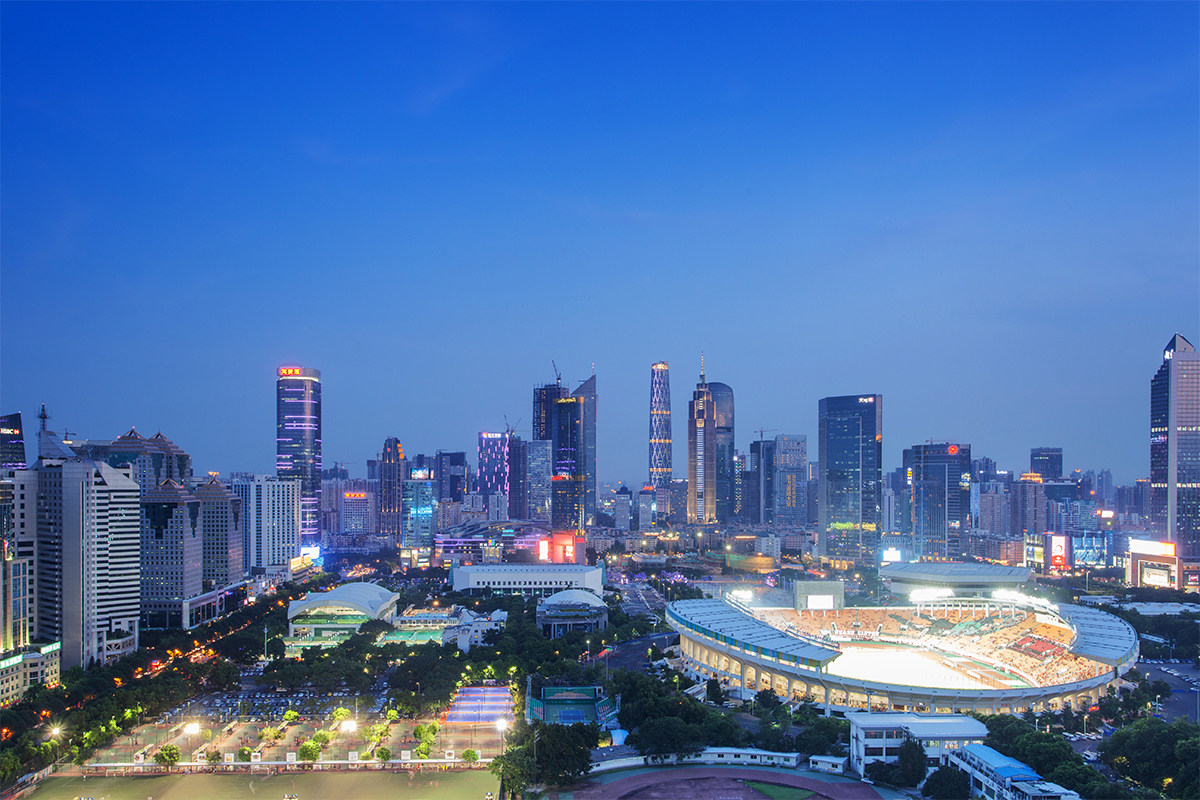
Connected lighting
For smart lights to be functional, they must be connected. To form an interconnected, interoperable ecosystem that creates synergy, a robust network platform must be used. Sports lighting systems can be networked using wired data cable systems. A mixed combination of DMX/RDM and Ethernet (e.g., KiNET, ArtNET and sACN), for example, allows for bidirectional communication between the nodes and controller, and enables simultaneous transmission of multiple DMX universes over a single Ethernet cable. overcome the physical limitations of DMX. Wired networked systems, however, suffers from limitations imposed by wiring.
While the reliability and high data bandwidth of wired systems continue to be compelling advantages, the trend has accelerated towards the use of wireless mesh networking to build a flexible, scalable and more interoperable network in a cost-effective way. A mesh network is characterized with multiple, redundant signal paths between smart nodes. Messages can be relayed from the source to the destination through “multi-hop” communications. This feature allows the network to maintain high reliability and extend the coverage. Aside from its unmatched flexibility and scalability and wire-like reliability, mesh networking based on mainstream protocols enables a globally interoperable ecosystem of products that can network and interoperate with each other out-of-the-box. Two notable mesh topologies are Bluetooth Mesh and ZigBee. Both of them support a generous number of interconnections and have a good ecosystem of products. ZigBee uses destination-based routing to relay messages, whereas Bluetooth Mesh uses the managed flood messaging approach.
Internet of Things (IoT)
Connecting smart lights to the IoT network via protocol translation gateways extends the Internet Protocol (IP) application to these resource-constrained lighting nodes. The very nature of IoT promises to transform sports lighting. IoT facilitates collaboration and data exchange between heterogeneous devices across different networks. From cloud computing, Big Data, advanced analytics and artificial intelligence to machine learning, an ecosystem of IoT applications can be used by the lighting systems to amplify their capabilities. It’s an integral part of smart sports lighting to use an IoT platform to mediate between the hardware and application layers. A robust platform will be able to streamline the complex technology landscape and insightfully orchestrate key interactions between different devices, systems and networks.
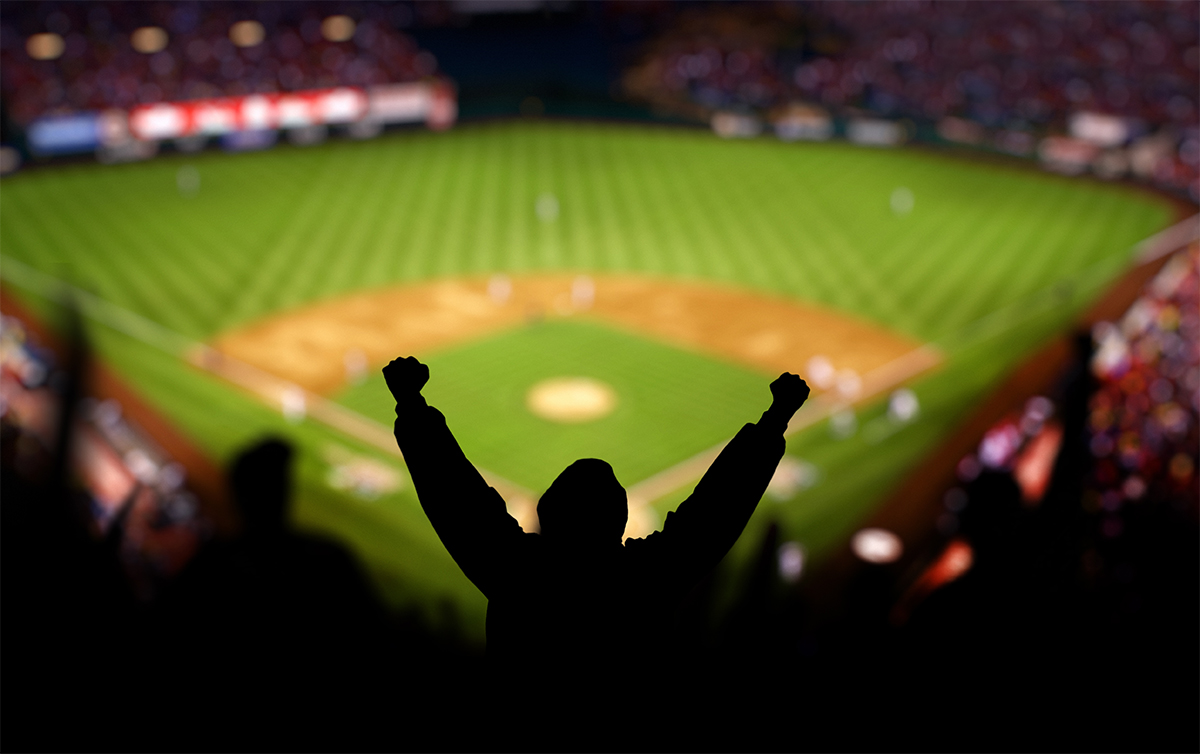

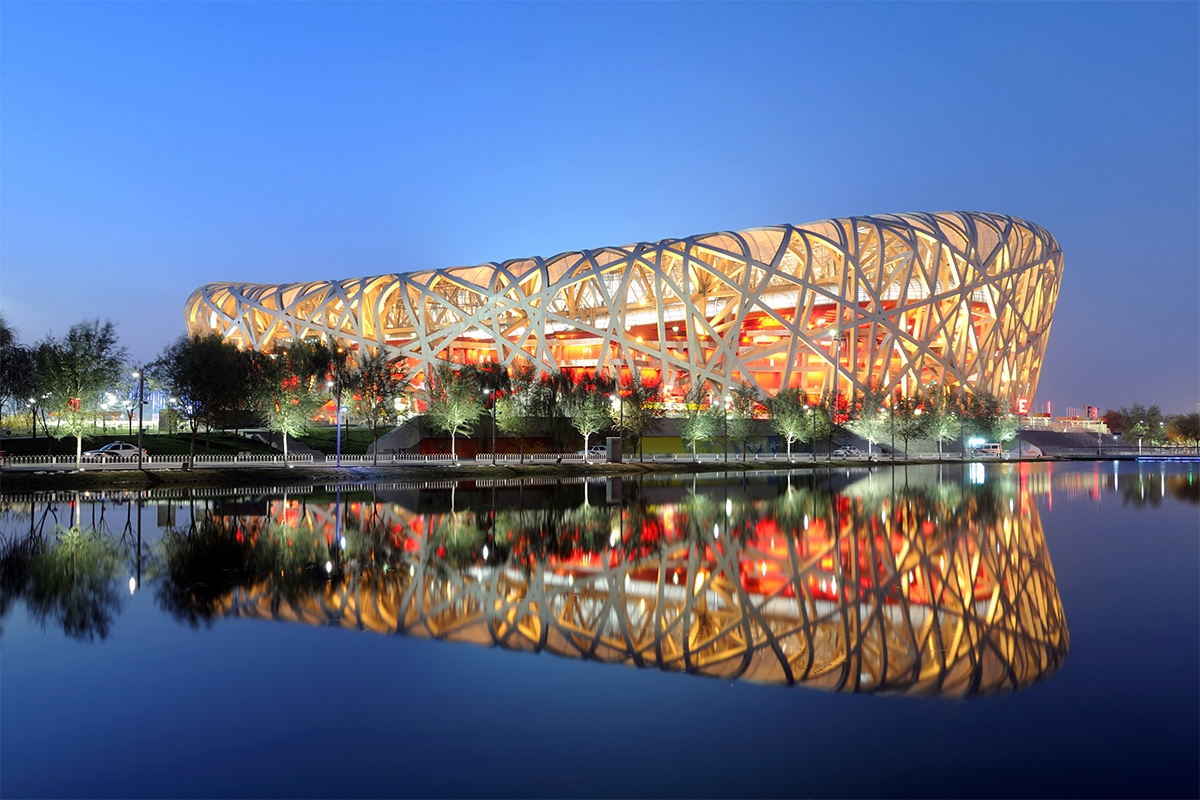
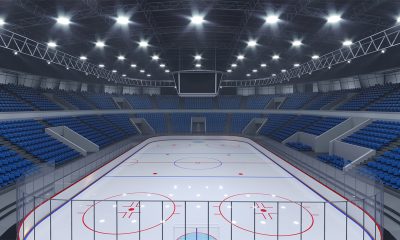
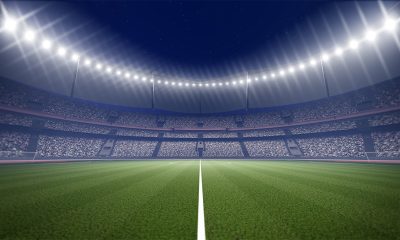
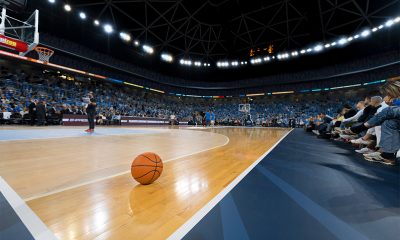
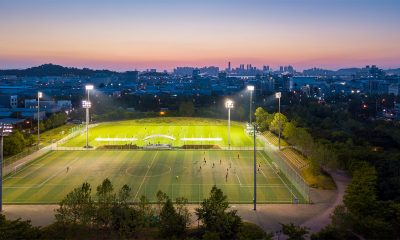
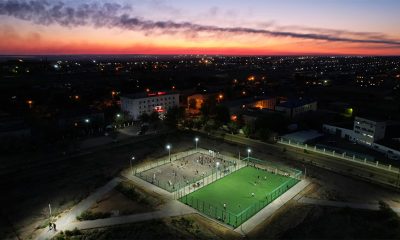
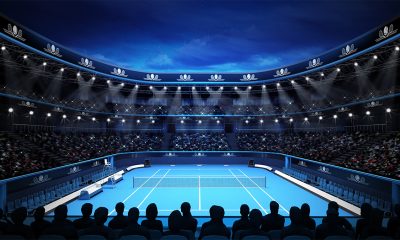





Loading...